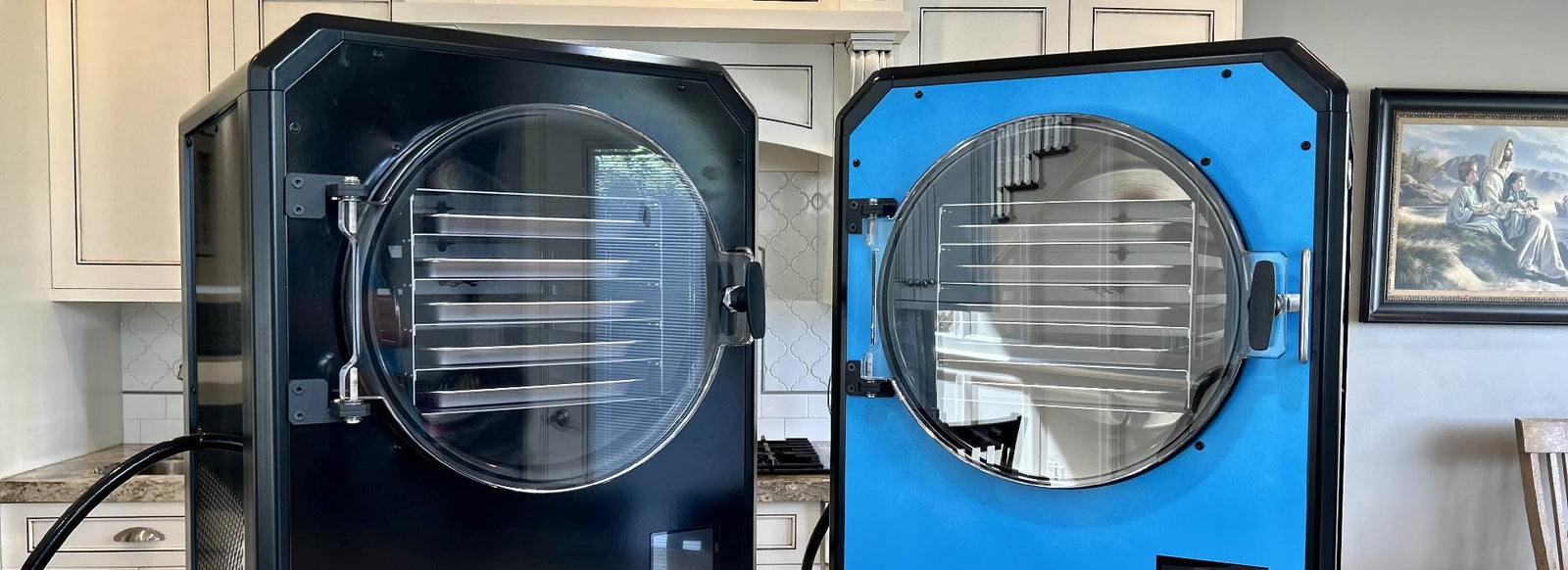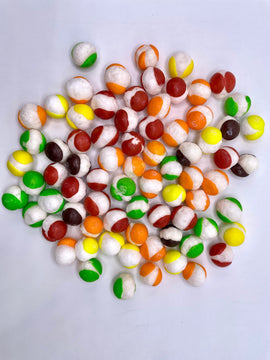The Owners Manual
The best place to get the most up to date information is our owners manual. We update that more often that we update blog posts, youtube videos, or other information available on the internet. To get the owners manual navigate to the link below.




